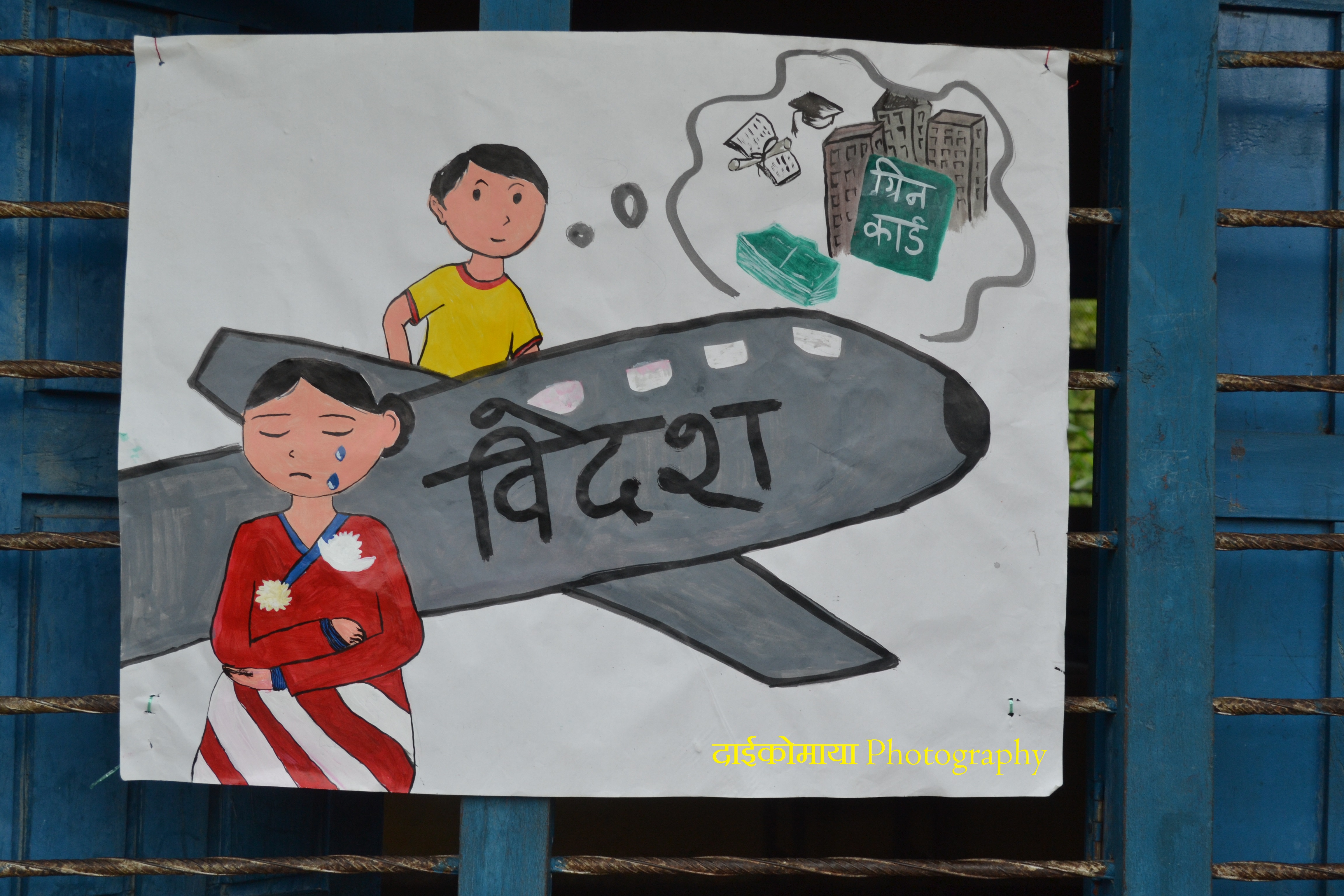 |
| Street Kid sleeping on Footpath of Sundhara in Rainy Day. |
The Child Workers in Nepal (CWIN), conducted a survey of 100 street children in 1990, and claimed that there were 500 such children in Kathmandu (CWIN 1990). In 1993, three years after the first survey, CWIN claimed that this figure had increased by three times and reached 1500 (Pradhan 1993). At the same time, CWIN also claimed that the number of street children nation-wide in Nepal was 5000.
On today's date, there are hundred of organizations working for street children, many colleges' and schools' practical field work are street children these days. In the name of Corporate Social Responsibility (CSR), hundreds of companies provide food-clothes for a day and publish their philanthropy in the headlines of National Newspaper with group pose picture. Many people think that still number of street children is not drastically change as it has to be. There are many hidden reason behind this facts:
1. Every year around 500 children come to street of Kathmandu from several districts (CWIN, 2006). With this data, total number of street children who have been to street of Kathmandu will be almost 10,000 from 1993-2013. As before we don't find street children in every junction of Kathmandu. There are few place like Koteshwor, Durbar Marg, Pasupati, Basantapur, Mahankal where we find street children these days. Recent survey on 2013 by Center for Child Welfare Board (CCWB) has found total number of children in street of Kathmandu is 793. Number has definitely changed with the time and program of different NGOs but not exactly as expected by common people to whom street kids ask money for food.
2. The other main reason for not having drastic change is lack of program from government. Government don't have any program for the street children yet. Without the initiatives of government and state concerned authorities it is near to impossible to eradicate street children.
3. Many non-governmental organizations (NGOs) has similar and common program for street children. Due to the redundant in the NGOs' programs, children got choice to leave one organization and go into another if social worker don't do according to their wish and demand.
4. Street children as so attached with major four things - Money, Drugs, Peer Group (Gangs) and Freedom in their life. They always desire to have that, either they are in NGOs centre or in street. NGOs never can provided those things in its center and instead of that along with therapy they provide education, health, food, shelter, clothes etc which is not the priority of street kids.
5. Lack of stronger family background street children belong to is another problem. Street Children are either re-integrated or rehabilitated. Those who are re-integrated in the family come back to street due the same reason why they came before. NGOs don't have exact project for the street children family to strength them. According to research conducted in Kathmandu District by myself on 2012, it was found that more than 50% who are re-integrated come to street again. They don't come alone but bring other village boys in the street of city.
Though we are delay but we are not diminish. We may be in wrong way but still we are walking for destiny. If NGOs in collaboration with Government come with effective program for street children within few years we will not find street kids in street. Only thing is we need to collaborate and feel the change in us.



